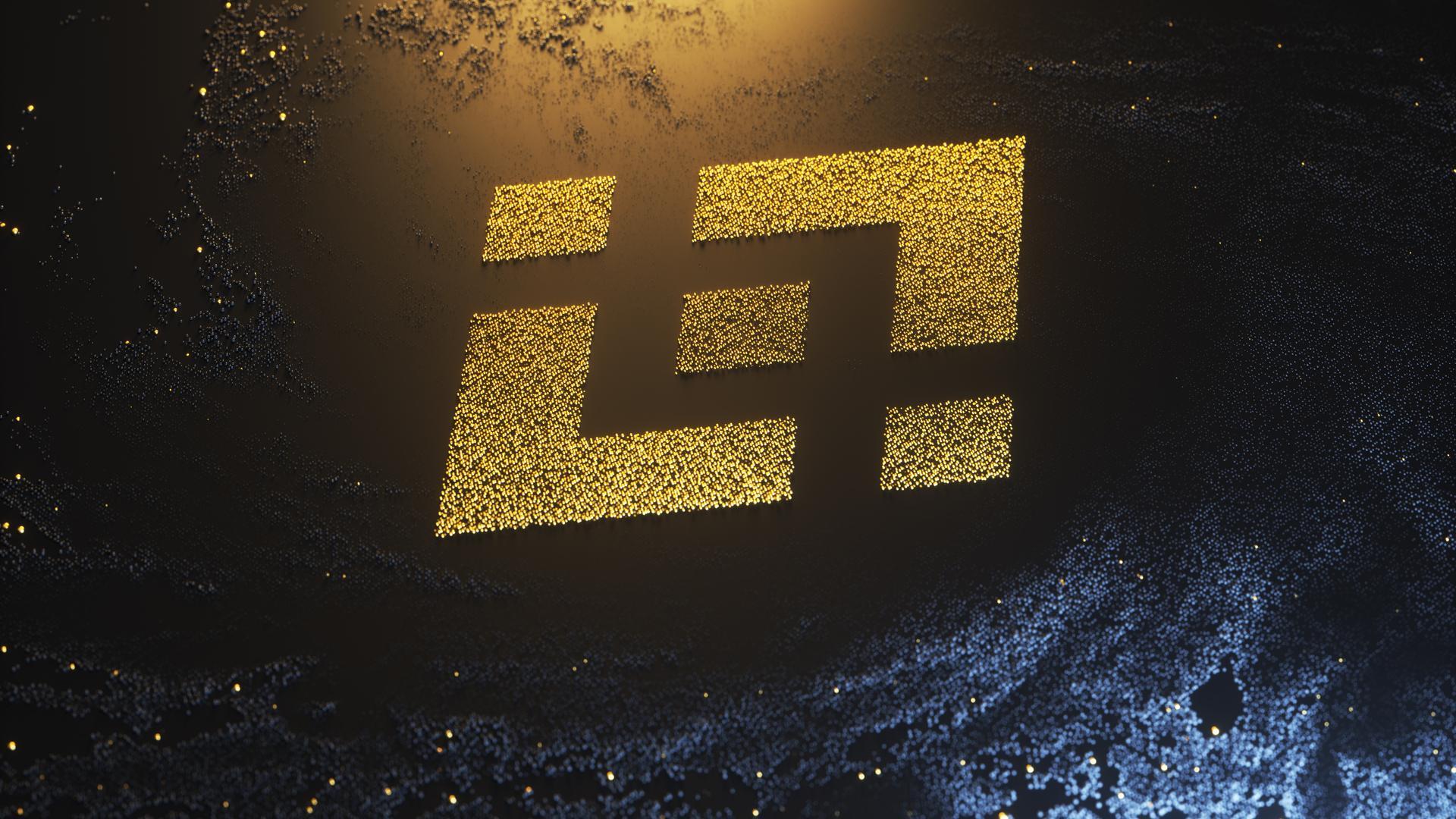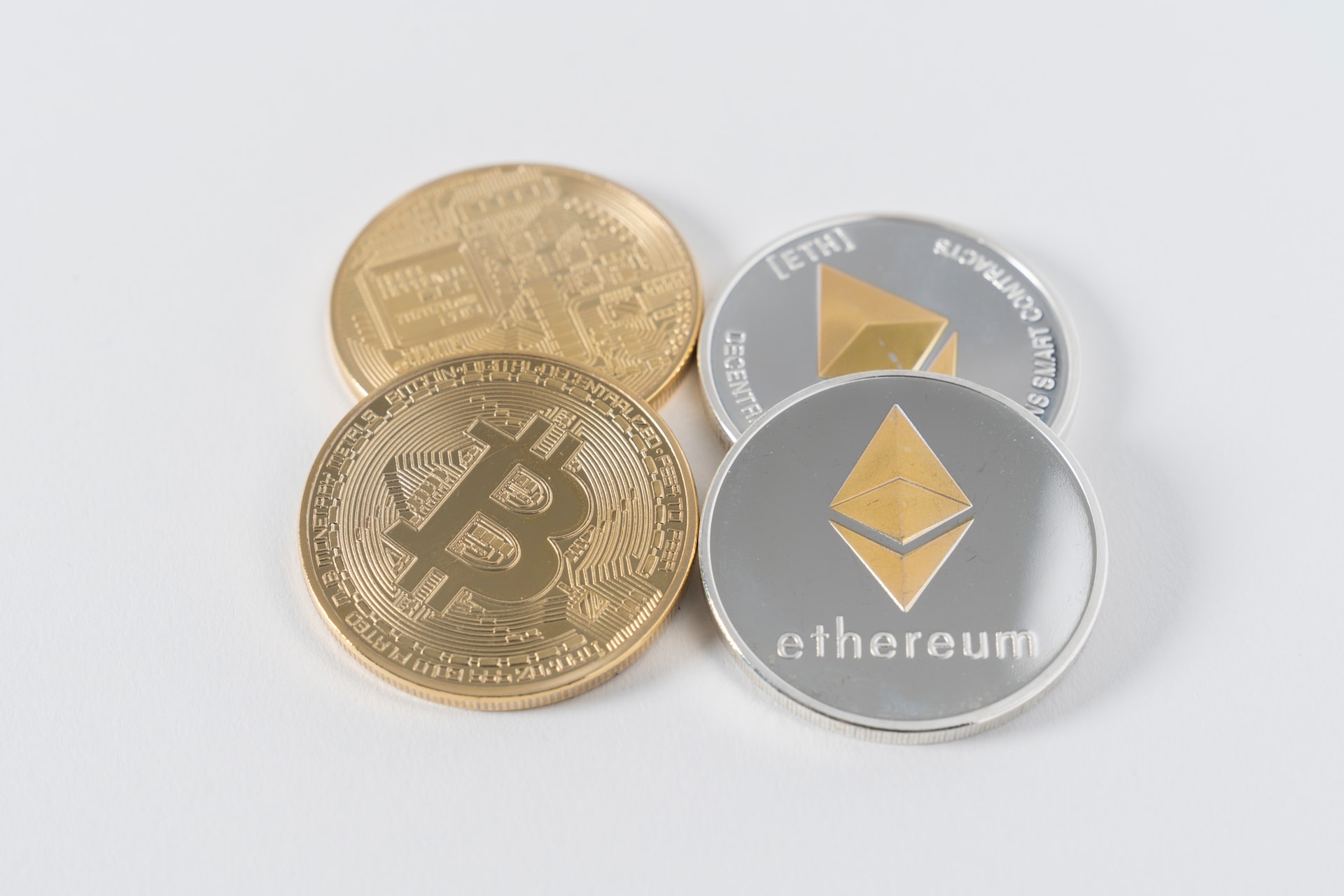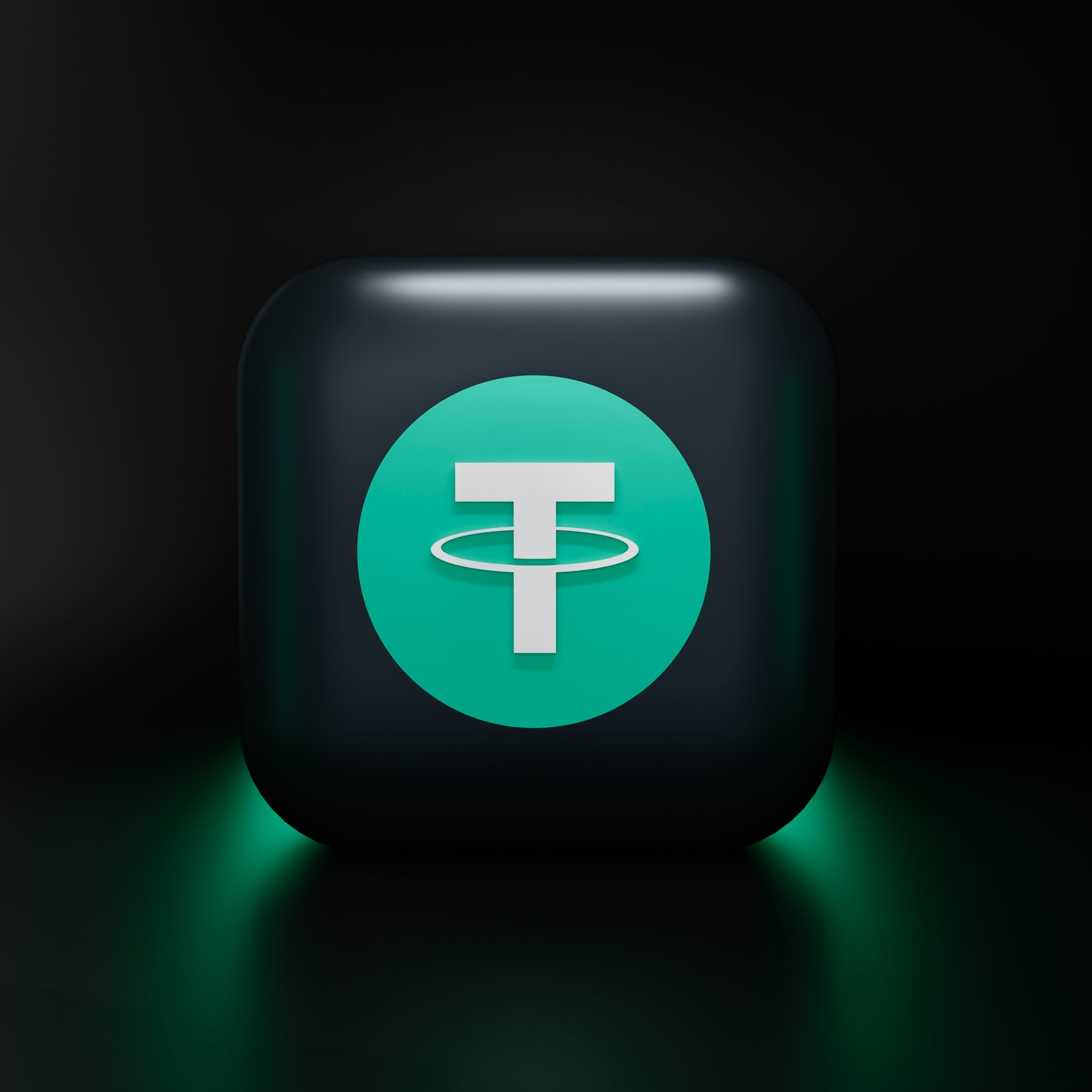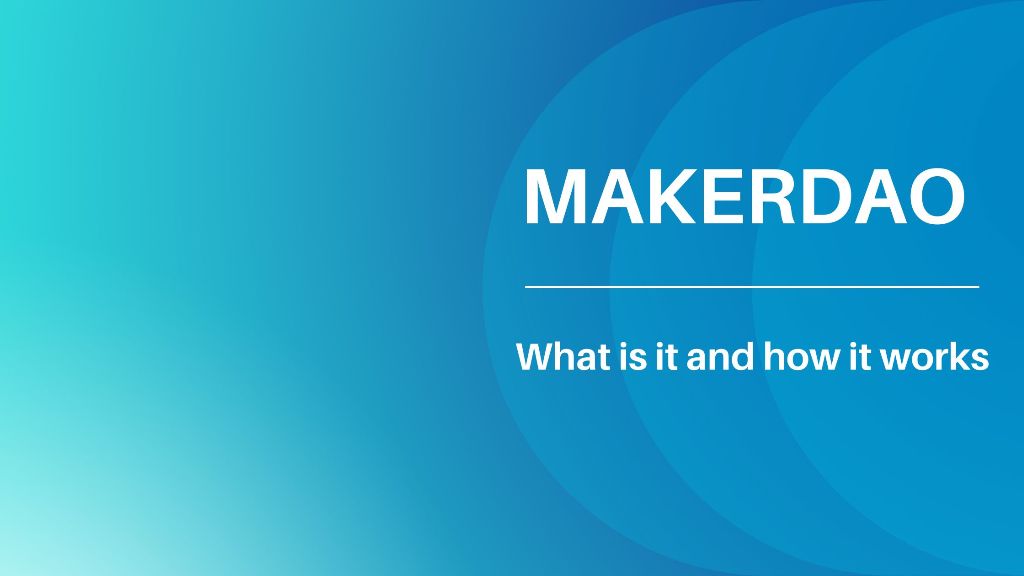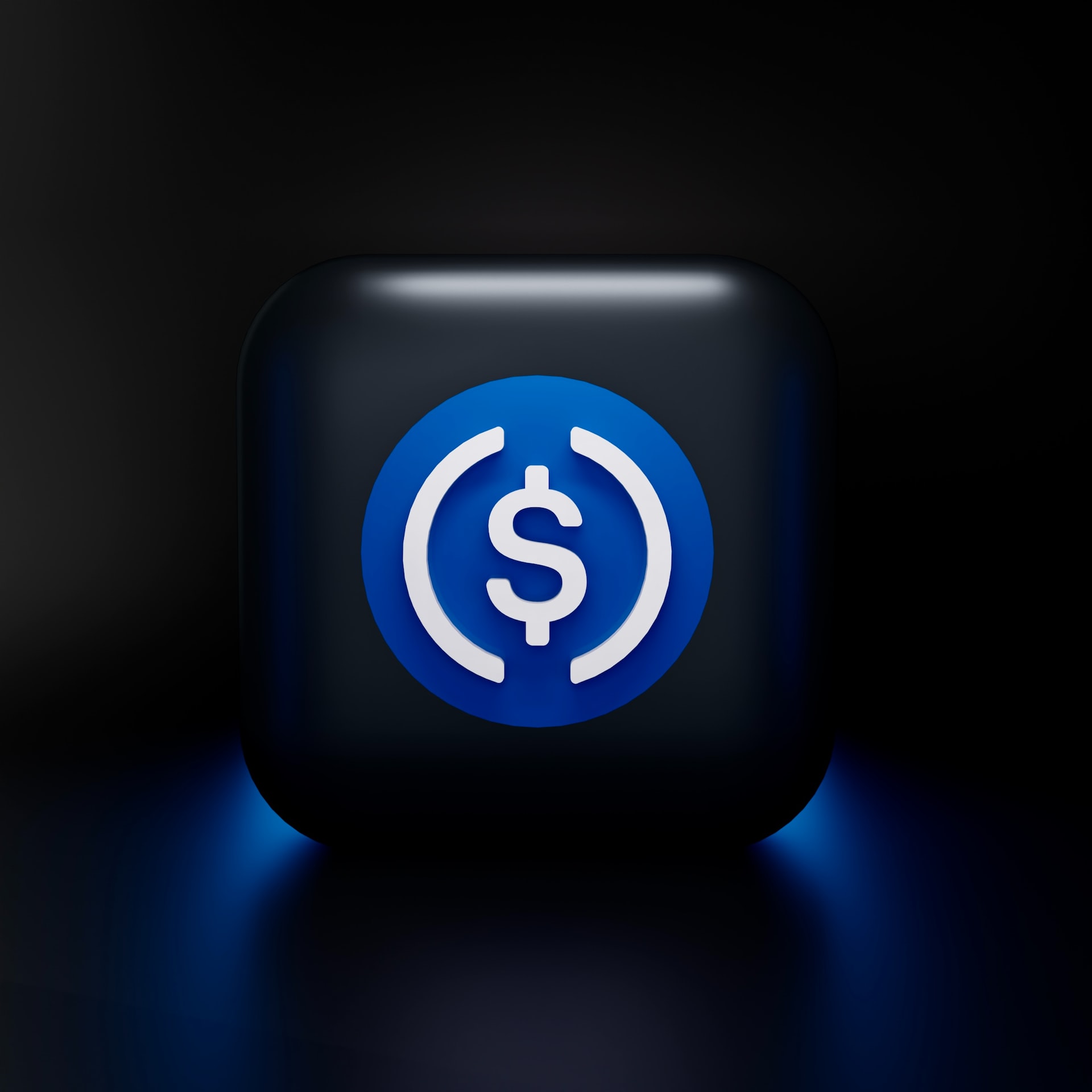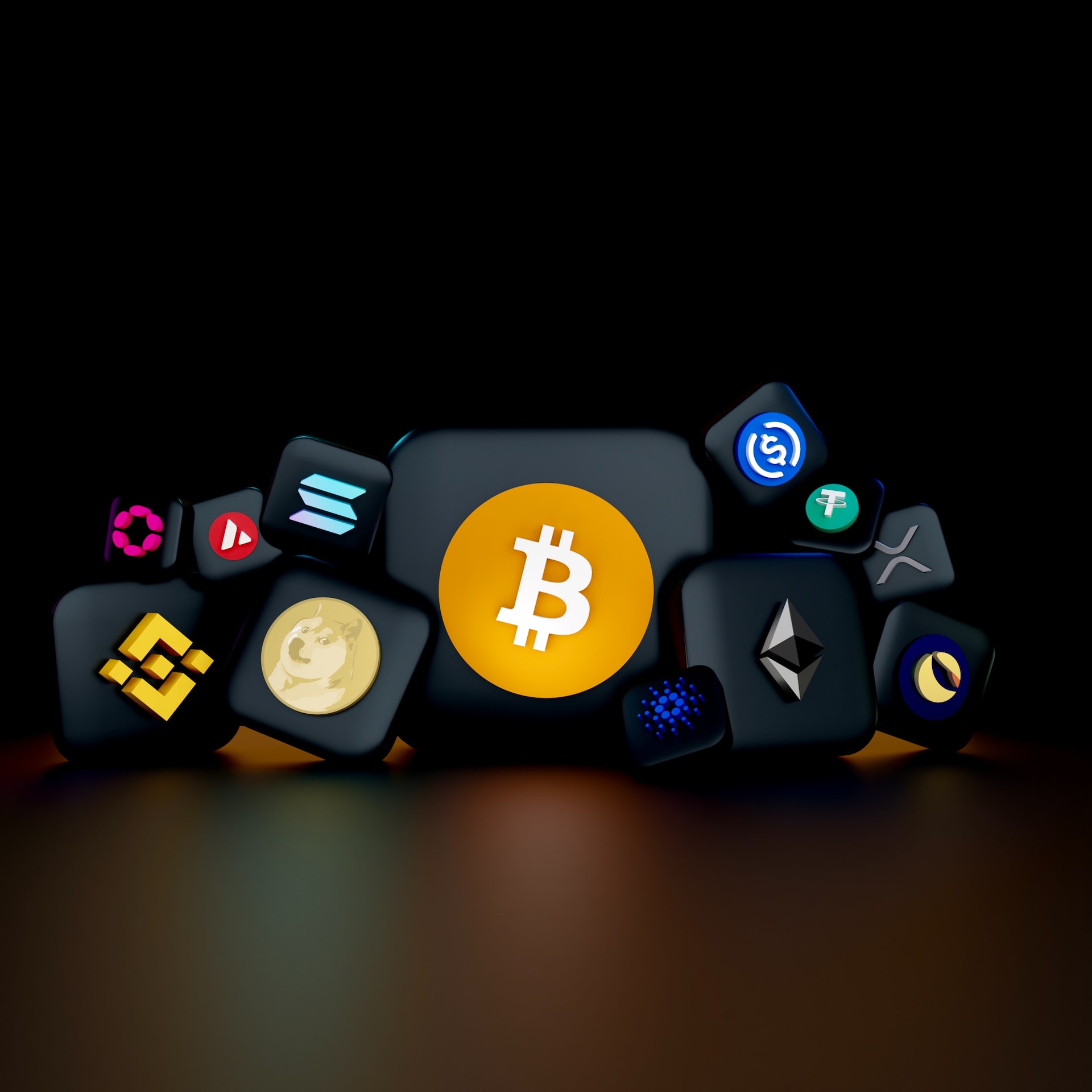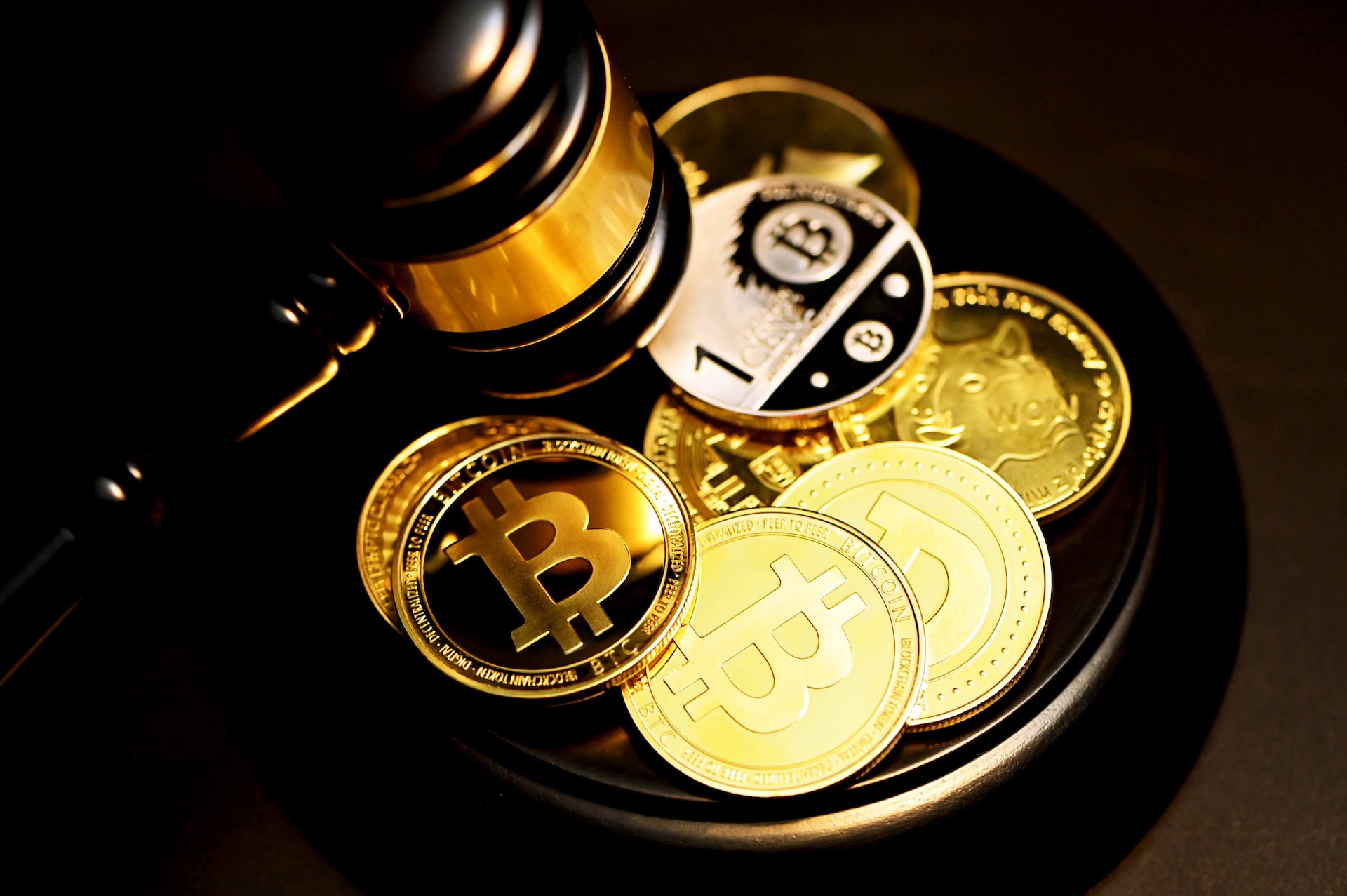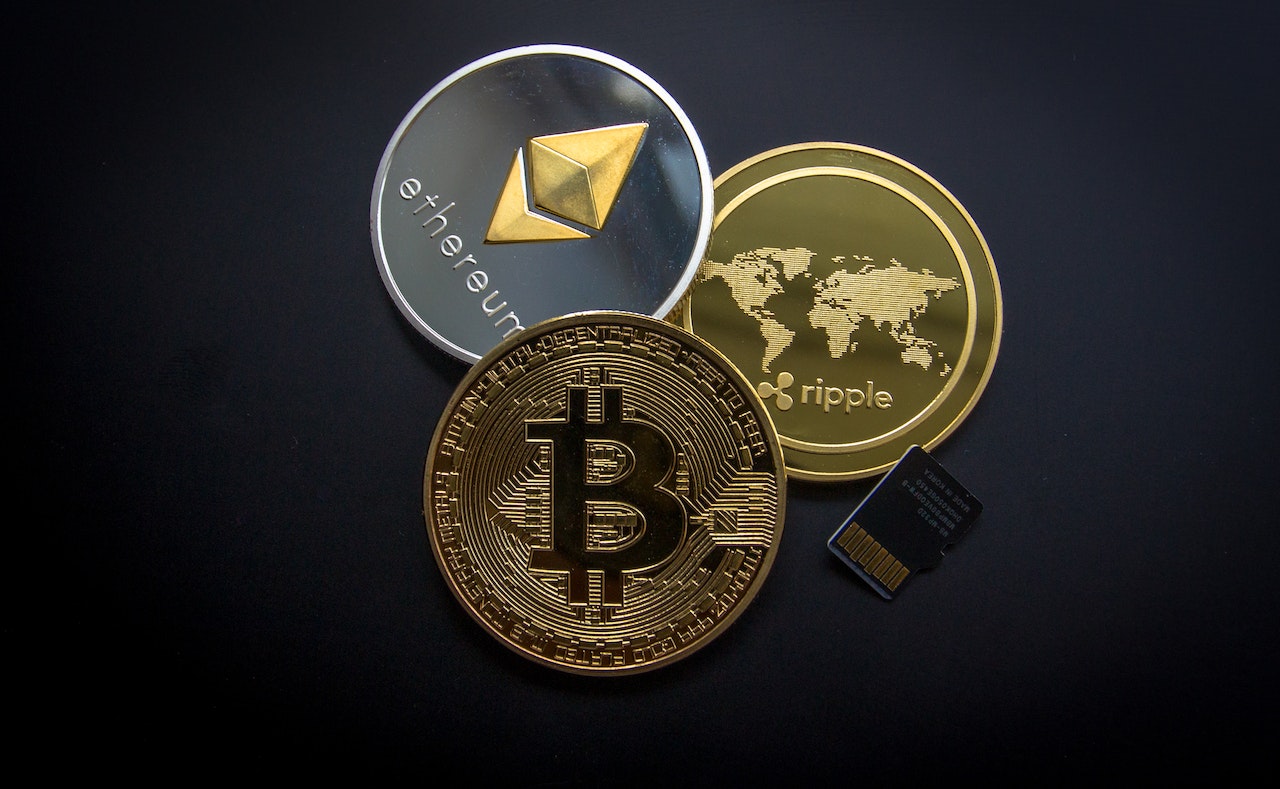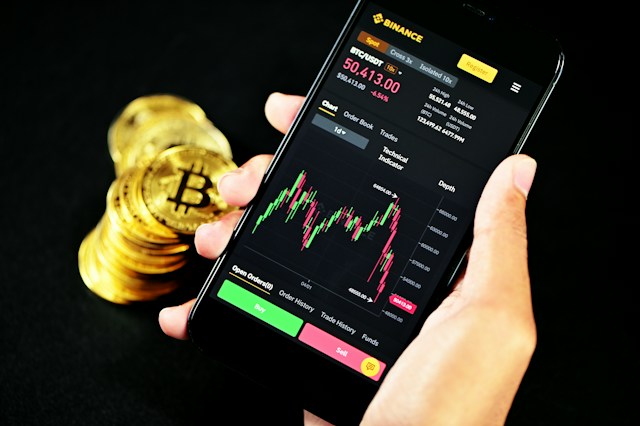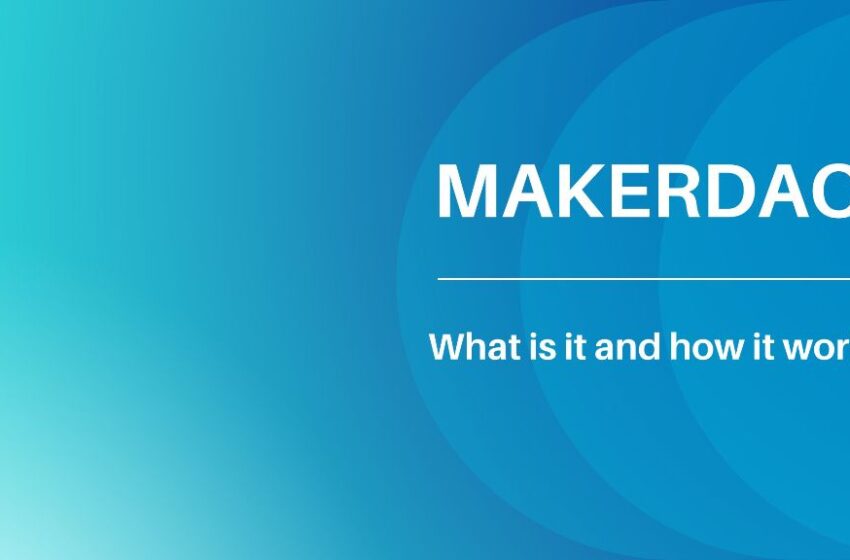
What is MakerDAO and how it works?
MakerDAO is a quickly growing central banking protocol on Ethereum that offers lending and borrowing in Dai, its collateralized stablecoin. This article will tell you everything you need to know about MakerDAO.
What is MakerDAO?
MakerDao is a decentralized autonomous organization that facilitates the creation and trade of Dai, a stable cryptocurrency collateralized by Ethereum. Maker holders vote on governance proposals to ensure the stability of Dai. MKR is the native token of Makerdao and it gives its holders voting rights in addition to providing reimbursement for various system risks.
The Maker Protocol is a decentralized global reserve bank that uses Ethereum smart contracts to manage the collateralization and lending of its stablecoin (called DAI), as well as other functions like governance.
To put it simply, MakerDAO has modified the central banking model to work on the blockchain, and its governance is run by a network of token holders (MKR holders). Essentially, this decentralized ‘central bank’ running on the blockchain offers a stable cryptocurrency – also known as a stablecoin.
The current system in place negatively impacts the poor more often than the wealthy when central banks devalue their currency. The rich have a greater chance to recover because they have spread their assets into different investments, unlike cash holders who are left with nothing. Central bank decisions usually happen without any democratic representation, which is one of the main problems with this structure.
The Maker protocol solves this problem by issuing Dai (DAI), a fully collateralized stablecoin. Collateralized in this scenario means that a certain amount of ETH is locked in Maker smart contracts. Against this collateral, a user can mint a corresponding amount of DAI. If every MKR holder (people with the MakerDAO governance token) is able to decentralize central bank architecture, then the protocol can increase or decrease interest rates, determine collateral-worthy assets, and change the total debt limit. This would incentivize people to save money.
What is DAI and how does it work?
Dai (DAI) is a hybrid stablecoin that is backed by a basket of underlying assets, automated mechanisms, and external actors to ensure its stability. For every DAI being minted, there is an equal amount of ETH held in MakerDAO smart contracts. These contracts are called collateralized debt positions (CDPs). Users can put ETH into CDPs, and they will receive new DAI tokens as a result of exchange for the security deposit.
It’s worth mentioning that the ETH value in CDPs must be greater than the DAI being released. In other terms, the CDP must be overcollateralized. For example, if a user locks up $300 of ETH, then the CDP contracts will mint less than $300 of DAI. The number of DAI tokens available is directly linked to the CDP’s collateral-to-debt ratio. Up to 66% of the value of the collateral can be borrowed, which comes out to a 150% collateralization ratio.
In addition, if the value of the collateral falls below a pre-determined margin in comparison to the value of Dai tokens released, CDP assets will be liquidated by arbitrageurs (known as keepers) to protect the MakerDAO system. By doing this, Maker protocol can safeguard that there is an adequate amount of collateral to back all DAI tokens currently available.
If a user wants to take back their locked collateral, they first have to pay off DAI owed in the CDP, which includes any extra fees (stability fee) associated with the loan. To do this, they need to send enough Dai and MKR tokens to cover the entire debt and fee directly to the CDP.
In times of great market instability, Dai uses a Target Rate Feedback Mechanism (TRFM) to reduce volatility and provide liquidity during high-demand periods. Therefore, the MakerDAO protocol copies central banks’ traditionally referred to monetary policy. It is crucial to have external actors that are chosen by MKR token holders. They are responsible for tasks such as debt and collateral auctions, feeding accurate price data, and acting as liquidators if the Dai system experiences utter failure.
The main external groups are keepers, oracles, global settlers (emergency oracles), and members of the Maker community. Keepers take advantage of the economic benefits given by the protocol and carry out liquidations of under-collateralized debt positions. On the other hand, Oracles and Global Settlers provide services as their profession. Finally, members of the Maker community are people and groups who offer products or services that help the ecosystem, such as organizing events.
Find more information on tradecrypto.com on how does MakerDao work.
MakerDAO provides the following services:
- The protocol offers a deposit option for ETH that are locked in Maker smart contracts and earn yield through minted Dai tokens.
- MakerDAO’s depositors can earn interest on the DAI they keep in the form of Dai tokens. These tokens are locked into a DSR (DAI Savings Rate) contract which allows them to accumulate more Dai over time, based on DSR’s interest rate.
- Use a CDP to Lock in ETH, WBTC, LINK, MATIC and other valuables as collateral. In return, you will receive a low-interest loan from us in Dai tokens.
What risks and challenges does MakerDAO face?
MakerDAO’s governance system, made up of MKR holders, has devised a plan to manage the risk of liquidation from collateral volatility. If severe volatility causes the deposited collateral no longer to cover the debt, Keepers (arbitrageurs) will automatically initiate a liquidation process. The proceeds from this liquidation will be used to repay the outstanding debt and penalize fees.
If the liquidation process cannot cover the debt, then the debt will be transferred to what is called the “Maker Buffer.” The Maker Buffer contains fees made from withdrawals plus liquidation proceeds. However, if there is not enough Dai in this pool, a debts auction will take place. At this time minted MKR tokens will be sold to bidders in order for them to get DAI and restart/refill MakerDAO’s decentralized banking system again. In other words, MKR token holders become backup people in case something goes wrong with MakerDAO’s protocols.
One thing that could potentially interfere with MakerDAO’s growth is the introduction of new semi-decentralized collateral types for its vaults. When it started in 2017, the protocol only allowed ETH to be used as a reserve asset for Dai. However, now more than half of all Dai is backed by centralized stablecoins like USDC, TrueUSD, and others. Therefore, being overly reliant on centralized stablecoins to keep Dai pegged at 1:1 dollars also makes the protocol vulnerable to regulation risk.
Lastly, MakerDAO oracles provide prices to its smart contracts. However, these oracles are often inaccurate due Because they rely on slow block production for price confirmation. This can have negative impacts on MakerDAO debt holders when they get stopped out by incorrect price feeds.
MakerDAO: how to participate
MKR is an ERC-20 token that serves as the native governance token for the Maker Protocol. MKR holders are given voting privileges to help govern the protocol, including adding new collateral types and regulating smart contracts that enforce CDPs. They can also adjust risk parameters of the protocol, such as debt ceilings, liquidation ratio, and stability and savings rates.
The Voter Onboarding Guide is available for MKR token holders who want to get involved with the protocol’s governance.

Author: Sviatoslav Pinchuk, COO of Tradecrypto.com, a crypto journalist who simply bought some BTC for domestic needs in 2014 and then forgot about it till 2017. He got Etherium in 2017 by misclick and sold it in 2018 “just to try”. After losing 1 Florida house on XEM in 2018, Sviatoslav finally decided to trade reasonably. He is one of the most analytical and data-driven traders in the crypto industry.


